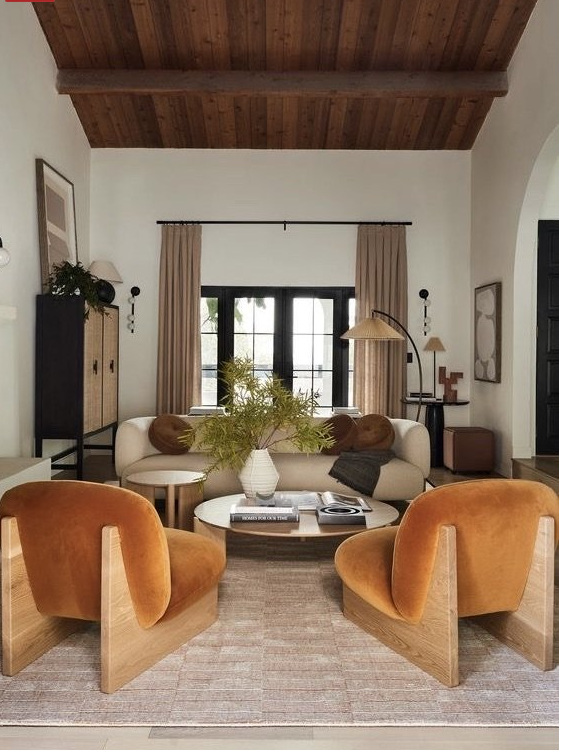Timeless Elegance: Embracing Mid-Century Modern Interior Design
Introduction:
In the world of interior design, trends come and go, but some styles stand the test of time, captivating generations with their timeless elegance. One such style is Mid-Century Modern, characterised by clean lines, minimalistic forms, and a harmonious blend of functionality and aesthetics. Originating in the mid-20th century, this design movement continues to influence contemporary homes, offering a sophisticated yet approachable ambience. In this blog post, we'll explore the essence of Mid-Century Modern design and share some subtle ways to incorporate its charm into your home styling.
Understanding Mid-Century Modern:
Mid-Century Modern design emerged in the post-World War II era, reflecting a shift towards a more relaxed and informal approach to living spaces. Inspired by the Bauhaus movement and Scandinavian design principles, this style emphasizes simplicity, organic shapes, and the use of natural materials. Key elements of Mid-Century Modern interiors include:
Clean Lines: Furniture and architectural elements feature crisp, straight lines, devoid of ornate detailing. This creates a sense of visual clarity and uncluttered space.
Organic Forms: Mid-Century modern designers often drew inspiration from nature, incorporating organic shapes such as curves and geometric patterns into their creations. This adds warmth and personality to the space.
Functionality: Practicality is paramount in Mid-Century Modern design. Furniture pieces are designed with both form and function in mind, offering comfort without sacrificing style.
Neutral Color Palette: While Mid-Century Modern interiors can include bold pops of colour, they typically favour a neutral palette consisting of whites, greys, and earthy tones. This allows furniture and architectural features to take centre stage.
Incorporating Mid-Century Modern Style:
Now that we've delved into the essence of Mid-Century Modern design, let's explore some subtle ways to infuse this timeless style into your home:
Iconic Furniture Pieces: Invest in classic Mid-Century Modern furniture pieces such as the Eames Lounge Chair, the Noguchi Coffee Table, or the Barcelona Chair. These iconic designs serve as focal points in any room and instantly evoke the elegance of the era.
Statement Lighting: Light fixtures play a crucial role in Mid-Century Modern interiors. Opt for pendant lights with clean lines and geometric shapes, or choose a sleek floor lamp with a sculptural silhouette. These lighting elements not only illuminate the space but also add a touch of sophistication.
Natural Materials: Embrace the use of natural materials such as wood, leather, and stone to add warmth and texture to your home. Incorporate teak furniture, walnut cabinets, or marble countertops to create a sense of authenticity and craftsmanship.
Retro Accents: Integrate retro accents such as shag rugs, vintage artwork, or mid-century pottery to infuse your space with nostalgia and personality. These small details add character and charm without overpowering the overall aesthetic.
Minimalistic Decor: Keep clutter to a minimum and embrace a minimalist approach to decor. Display a curated selection of accessories such as ceramics, glassware, or houseplants to enhance the visual appeal of your home without overcrowding the space.
Conclusion:
Mid-Century Modern design continues to captivate homeowners with its timeless allure and effortless sophistication. By incorporating clean lines, organic forms, and subtle retro accents, you can create a space that pays homage to this iconic design movement while reflecting your personal style. Whether you're furnishing a new home or refreshing your current decor, embracing the principles of Mid-Century Modern design can elevate your living space to new heights of elegance and refinement.





